Saving for a Down Payment? Here’s What You Need to Know
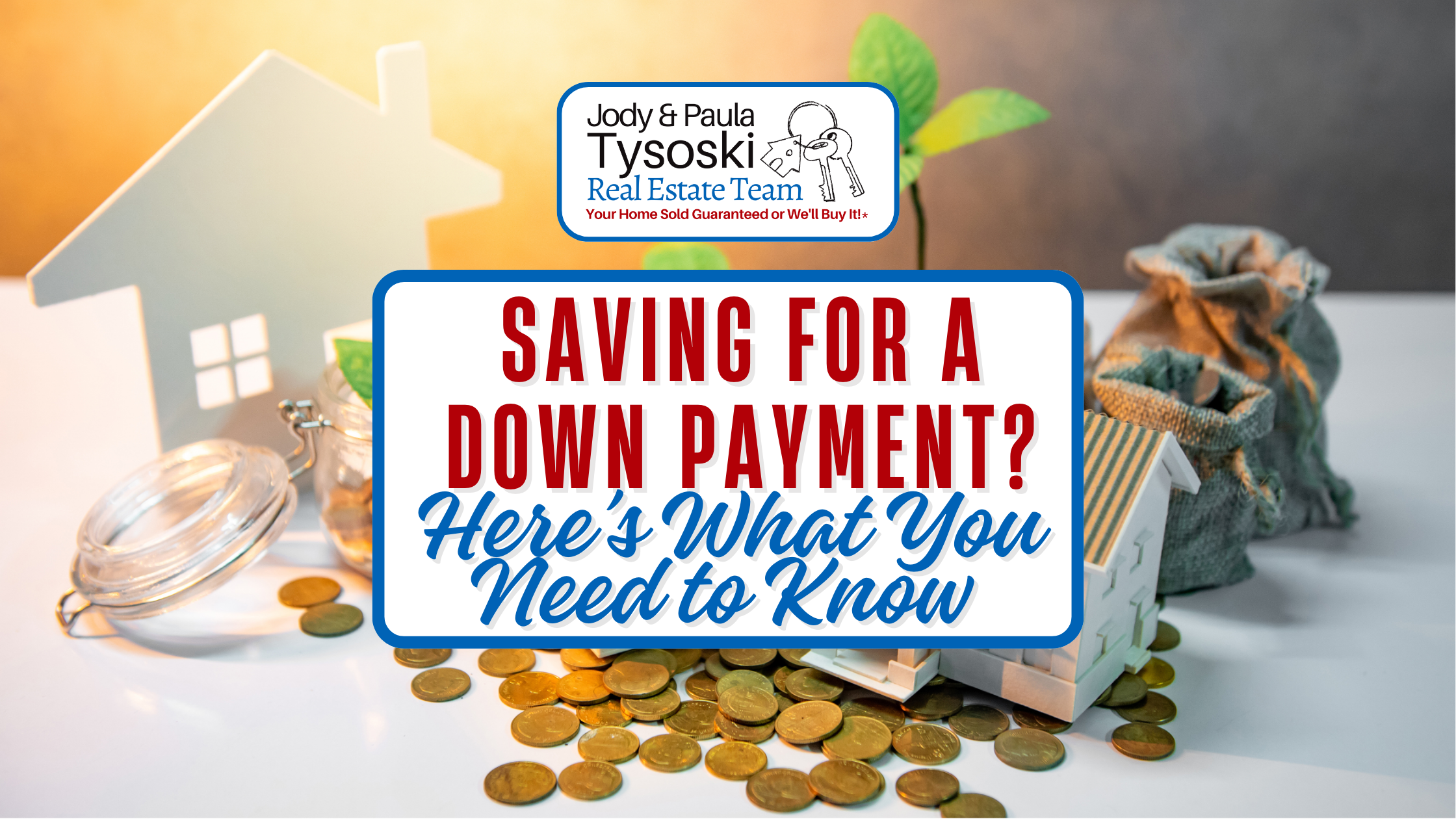
Buying a home is a major financial decision, and one of the most significant steps is understanding your down payment. Whether you're a first-time homebuyer, moving up to a larger property, or downsizing, knowing how much you'll need and where to get it from is essential for success in the Brantford and Brant County real estate market.
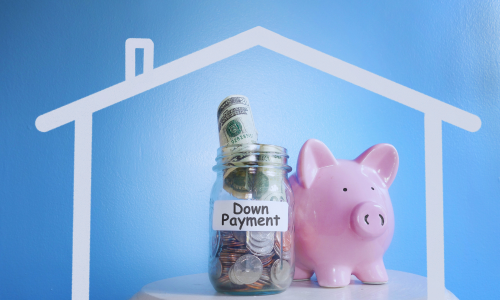
What Is a Down Payment?
A down payment is the amount of money you pay upfront toward the purchase of a home. It represents a portion of the home's total cost, with the rest typically financed through a mortgage. In Ontario, the minimum down payment varies based on the price of the home.
How Much Should You Save for a Down Payment?
The amount you need to save for a down payment in Brantford and Brant County depends on the price of the home you're eyeing. Here's a breakdown:
- For homes priced at $500,000 or less, a 5% down payment is required.
- For homes between $500,000 and $999,999, you’ll need 5% on the first $500,000 and 10% on the portion above that. For example, if you’re buying a $600,000 home, your down payment would be $35,000—$25,000 from the first $500,000 and $10,000 from the remaining $100,000.
- Homes priced over $1 million require at least a 20% down payment.
While you may not need to save a full 20%, doing so can be highly beneficial. With a 20% down payment, you can avoid mortgage insurance, which saves you money in the long term. Additionally, a larger down payment offers protection if home prices dip, reducing the chance that your mortgage balance could exceed your home’s value.
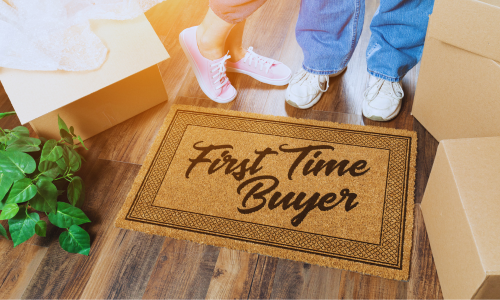
First-Time Homebuyers: Making Your First Move
For first-time buyers in Brantford and Brant County, the down payment can seem daunting. However, there are several programs available to help you get started.
- First-Time Home Buyer Incentive: This government program allows eligible first-time buyers to apply for a shared equity mortgage of 5% or 10% of the purchase price, which can reduce the amount you need to borrow.
- Home Buyers' Plan (HBP): You can withdraw up to $35,000 from your RRSP (Registered Retirement Savings Plan) to help with your down payment without incurring taxes, as long as the funds are repaid within 15 years.
- First-Time Home Buyers’ Tax Credit: This tax credit can provide up to $750 to help cover closing costs.
First-time buyers should aim to save at least 5% of the purchase price. For a $600,000 home in Brantford, this would mean a minimum down payment of $35,000. Saving strategies like setting up an automatic savings plan and reducing unnecessary expenses can help achieve this goal.

Move-Up Buyers: Transitioning to Your Next Home
If you're a move-up buyer—someone looking to upgrade from their current home—your down payment is often covered by the equity you’ve built in your existing home. As property values in Brantford and Brant County have steadily increased in recent years, you may have more equity than you think.
- Using Home Equity: When you sell your current home, you can apply the proceeds from the sale toward your new home’s down payment. For example, if your home sells for $700,000 and you owe $400,000 on your mortgage, you could use the $300,000 difference for your next home.
- Bridge Financing: If the closing dates of your current home sale and new home purchase don’t align, you may need bridge financing to cover the gap. This is a short-term loan that allows you to use the expected proceeds from your current home to secure your next one.
Move-up buyers should be aware that as home prices increase, so do down payments. For homes over $500,000, you’ll need to plan for 10% on any amount over $500,000. This can mean needing a significantly higher down payment if you're moving into a more expensive home.

Downsizing Buyers: Making the Most of Your Equity
Downsizing buyers, often empty nesters or retirees, have the advantage of potentially lower mortgage amounts due to the equity they’ve built over the years. Many in this group plan to use the sale of a larger home to fund the purchase of a smaller, more manageable property.
- Equity for Retirement: If you’ve lived in your current home for several years, you likely have significant equity built up. This equity can be used not only for your down payment but also to invest or save for retirement.
- Lower Down Payment: Depending on the price of the home you’re downsizing to, your down payment might be lower than when you purchased your original home. Many downsizers use their home equity to buy a property outright, eliminating the need for a mortgage.
Downsizing buyers in Brantford and Brant County should consider how much they’ll need for their next home and what additional costs they may face, such as renovations or moving expenses.

Tips for Saving and Planning Your Down Payment
Regardless of your buying stage, here are a few strategies to help you save for your down payment:
- Set a Budget: Create a realistic budget to track income and expenses. This can help you identify areas to cut back and allocate more to your down payment fund.
- Automatic Transfers: Set up an automatic transfer from your checking account to a high-interest savings account to build your down payment over time.
- Consider a GIC or TFSA: Guaranteed Investment Certificates (GICs) and Tax-Free Savings Accounts (TFSAs) offer safe ways to grow your savings with minimal risk.
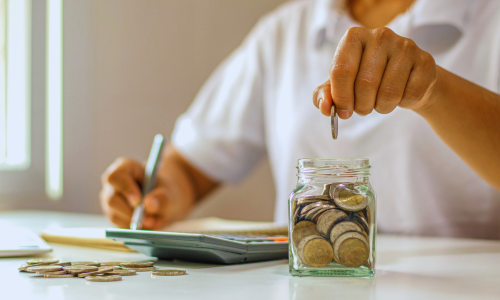
Why Is It So Hard to Save for a Down Payment?
Saving for a down payment is often one of the most challenging aspects of buying a home, especially with the many financial pressures we face daily. Here’s why it can feel so difficult to build up that savings:
-
Everyday Bills and Living Expenses: From rent and utilities to groceries and transportation, the cost of day-to-day living can quickly eat away at your income. These are non-negotiable expenses, and for many people, there’s little room left to save once the essentials are covered.
-
Balancing Wants and Needs: Beyond the basics, there are things we want to enjoy—like dining out, traveling, or splurging on hobbies and entertainment. It’s hard to cut back on these comforts, especially when they offer a break from the stresses of life. However, these expenses can slow down your savings progress.
-
Social Pressure and Lifestyle Comparisons: Seeing friends, family, or even influencers on social media enjoying new cars, gadgets, vacations, or home upgrades can spark a desire to keep up. This comparison can lead to impulsive spending or feeling like you’re falling behind, making it harder to stay focused on long-term goals like saving for a home.
-
Unexpected Expenses: Life has a way of throwing curveballs—whether it's car repairs, medical bills, or helping a family member. These unplanned costs can wipe out months of careful saving and push you further from your down payment goal.
-
Inflation and Rising Costs: As the cost of living increases, it can be even harder to save. Food, fuel, and housing costs rise, but your income may not keep pace, leaving less money to put toward your future home.
All of these factors create a juggling act. While setting aside a large amount of money for a down payment is hard, keeping your eye on the goal, developing a savings plan, and cutting back where possible can make it more achievable.
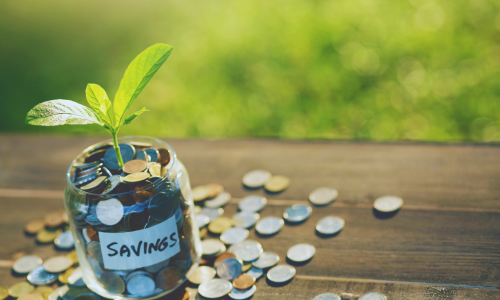
Tips to Get in the Right Mindset for Saving and How to Save Properly
Saving for a down payment requires more than just cutting back on spending—it’s about shifting your mindset. Here are some tips to help you focus on your savings goals and make your money work for you:
-
Visualize Your Goal: Picture the home you want to buy. Imagine yourself living there and what it will mean for your future. Keeping that vision in mind can make the sacrifices feel worth it. Create a savings tracker or vision board to remind yourself of what you’re working toward. Every time you look at it, you'll reinforce your motivation.
-
Break It Down: A down payment can seem overwhelming, especially if you’re aiming for tens of thousands of dollars. Break your goal into smaller, more manageable milestones. For instance, instead of focusing on saving $50,000, start by aiming to save $5,000. Achieving these smaller goals will keep you motivated.
-
Prioritize Needs Over Wants: Before making any purchase, ask yourself if it’s a need or a want. Needs are essentials like rent, groceries, and utilities. Wants, like the latest phone or a weekend getaway, can be postponed or minimized. Consider the long-term impact of your spending and how it affects your savings goal.
-
Automate Your Savings: Set up automatic transfers to a separate savings account dedicated to your down payment. When a portion of your paycheck is moved automatically, you’re less tempted to spend it. Out of sight, out of mind!
-
Adopt a Minimalist Mindset: Embrace the idea of living with less. Do you need that extra pair of shoes, or could that money be better spent on your future home? Reducing unnecessary purchases helps you focus on what truly matters and builds your savings faster.
-
Create a Budget: Make a detailed budget that accounts for your income, essential expenses, and a set amount for savings. Stick to it as closely as possible and revisit it monthly to see if you can cut back further or adjust based on any unexpected expenses.
-
Practice Delayed Gratification: If you see something you want to buy, give yourself a waiting period—whether it’s 24 hours, a week, or even a month. Often, the initial urge to spend will pass, and you’ll realize you didn’t need that item after all. Plus, you’ll feel proud of sticking to your savings plan.
-
Surround Yourself with Support: Talk to friends and family about your savings goal. When the people around you understand that you’re focused on buying a home, they’re less likely to pressure you into spending money on activities or items that don’t align with your financial goals.
-
Celebrate Small Wins: It’s important to acknowledge your progress along the way. Set small rewards for yourself when you hit certain savings milestones. It doesn’t have to be a big splurge—something simple, like a favorite treat or a night out, can help you stay motivated without derailing your progress.
Saving properly requires discipline and consistency, but with the right mindset and strategies, you can stay on track and reach your goal of owning a home in Brantford or Brant County.

10 Most Commonly Asked Questions About Down Payments for Houses
Here are the ten most frequently asked questions about down payments for buying a house, along with clear answers:
- How much do I need for a down payment?
- Answer: The minimum down payment in Canada depends on the price of the home. For homes priced at $500,000 or less, you'll need a minimum of 5%. If the home is between $500,000 and $999,999, you'll need 5% of the first $500,000 and 10% on the portion above that. Homes over $1 million require a minimum down payment of 20%
- Do I need a 20% down payment to buy a house?
- Answer: No, you don’t need a 20% down payment to buy a house. In Canada, you can purchase a home with as little as 5% down, depending on the price of the property. However, putting down 20% allows you to avoid paying mortgage insurance and offers long-term savings.
- What happens if I don’t have 20% down?
- Answer: If your down payment is less than 20%, you will be required to purchase mortgage default insurance through CMHC, Genworth, or Canada Guaranty. This insurance protects the lender if you default on your loan and is typically rolled into your mortgage payments.
- Can I use my RRSP for a down payment?
- Answer: Yes! Under the Home Buyers’ Plan (HBP), first-time buyers can withdraw up to $35,000 from their RRSPs (Registered Retirement Savings Plans) without paying taxes, as long as it’s repaid over 15 years. Couples can withdraw a combined $70,000.
- Can I get a down payment from a gift?
- Answer: Yes, many lenders allow you to use a gifted down payment, usually from an immediate family member. The lender will typically require a letter from the person gifting the money, stating that it is a gift and not a loan that must be repaid.
- What if I don’t have enough for a down payment?
- Answer: If you don't have enough for a down payment, there are a few options. You can:
- Take more time to save.
- Look into government assistance programs like the First-Time Home Buyer Incentive.
- Use the Home Buyers’ Plan to access your RRSPs.
- Consider a smaller, more affordable home.
- How do I calculate how much I need to save?
- Answer: The easiest way to calculate your down payment is by knowing the price range of the home you want. Multiply the home’s price by the required percentage based on the home's price bracket (5%, 10%, or 20%). For example, for a $600,000 home, the down payment would be $35,000 (5% on the first $500,000 and 10% on the remaining $100,000)
- Is a bigger down payment always better?
- Answer: Yes, a larger down payment has several benefits. It reduces the amount you need to borrow, potentially lowers your monthly mortgage payments, and can help you avoid paying mortgage insurance. Additionally, it offers more protection if housing prices drop, as your equity in the home will be higher.
- How can I save for a down payment faster?
- Answer: Saving for a down payment faster can be achieved by:
- Setting a budget and cutting unnecessary expenses.
- Setting up automatic savings contributions.
- Using a high-interest savings account or a TFSA (Tax-Free Savings Account).
- Considering a side job or reducing discretionary spending (like dining out or vacations).
- What other costs should I budget for besides the down payment?
- Answer: In addition to the down payment, you’ll need to budget for other costs such as:
- Closing costs (typically 1.5% to 4% of the home’s price, including legal fees, land transfer taxes, and home inspections).
- Moving expenses.
- Utility setup fees.
- Property taxes and insurance.
- Potential repairs or renovations.
Whether you're a first-time buyer, move-up buyer, or downsizing in Brantford or Brant County, understanding your down payment options is a critical part of the home-buying process. With a well-planned approach and the right strategies, you can make the most of your down payment and secure the home of your dreams. Reach out to a local real estate expert for personalized advice and guidance tailored to your unique situation.
